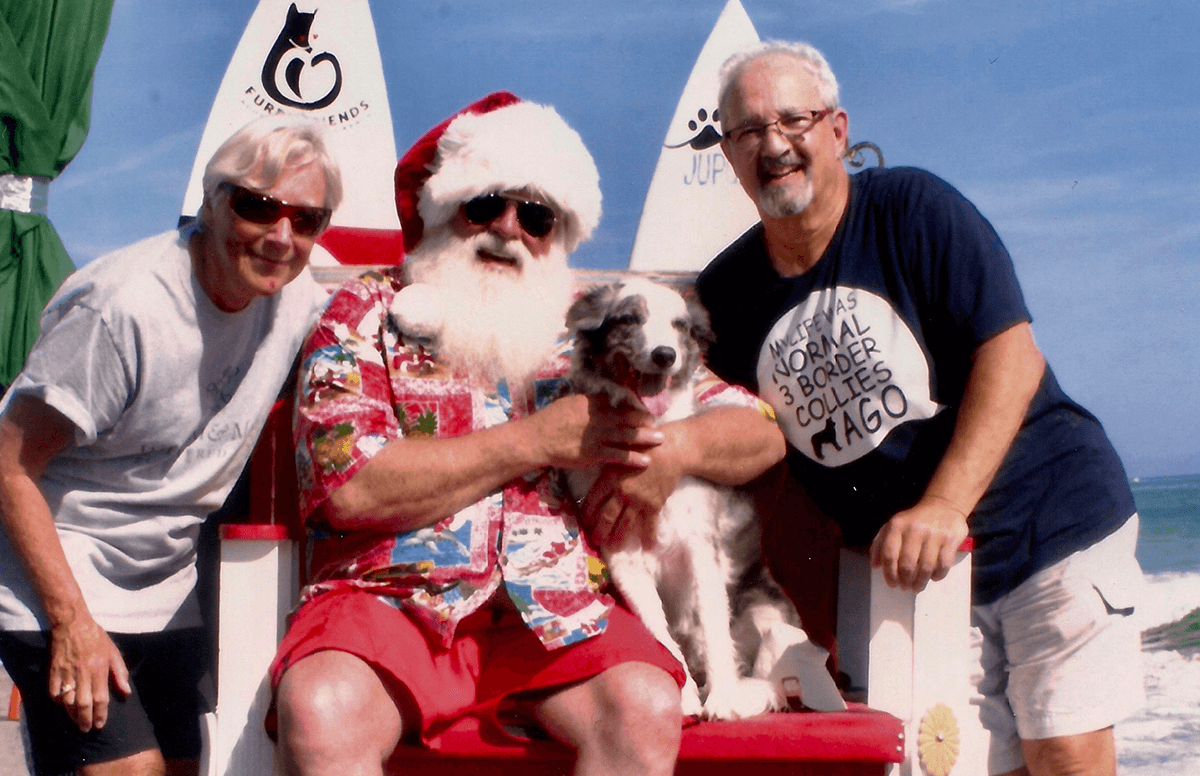7 Tips for Being a Successful Snowbird
Wintering in warmer climates is not the same as a vacation
In the next few months, thousands of northerners — so-called "snowbirds" — will escape their snowy, cold climates to spend the winter in warm, sunny spots in the southern or western part of the United States. My wife and I will be among them. We've been swapping our Virginia home for one in Florida for the past four winters and boy, have we made a lot of snowbirding mistakes.

Let me tell you seven lessons we've learned. If you'll be a snowbird this winter, maybe they'll help you avoid our goofs.
1. Choose a place that reflects your lifestyle. Often, snowbirds choose areas based on where they've vacationed. But here's the thing: Spending a few months somewhere and living your daily life there is not a vacation. That's why your snowbird location needs to reflect the kinds of activities and lifestyle you most enjoy doing regularly.
Before you leave home, create automatic payments with your creditors.
If you're an active, Type A personality, you won't be content with a laid-back beach community for long. So, you might want to rethink that isolated beach house and choose an area where you can keep active, go to different restaurants, hang out with others and live a lifestyle similar to the one you have up north.
2. Don't go all in the first year. Start your snowbirding experience by renting a place just for a month or two before committing for the full winter. You really won't know if you love it until you live it and won't know if you've chosen the right place until you've spent several weeks or more there. If you're not happy, try a new area next year.
Once you're sure you've found the right spot, book the whole winter. If you can, talk with the landlord and book the following year before you leave. Good rentals go quickly.
3. Go electronic with all your bills. Years ago, it was difficult to keep up with the business of your life when you were away from home. You had to rely on the mail to receive and pay bills and get checks, plus keep up with the myriad things you had to do. Technology, however, has made it so much easier.
So, before you leave home for the winter, create automatic payments with your regular creditors, set up electronic bill pay with your bank and, if your regular bank doesn't have a branch where you'll be, open a checking account near your winter home. Then, set up the ability to electronically transfer funds back and forth between your banks.
4. Make new friends! One of the difficult things about being away from home for months at a time is the growing distance you'll feel with friends and family. You try to stay current — FaceTiming, texting or calling frequently — but it's not the same. You can't get together for hours at a time over dinner, for instance.
Fortunately, when you join a new community as a snowbird, you're likely to find many there just like you. Introduce yourself.
5. Don't overbook visitors. Friends and family from up north may want to visit, since you'll be basking in the sun while they'd be shoveling snow. Just don't overdo extending open invitations.
We love when our pals and loved ones come to visit. But being a frequent host takes a lot of time and energy. So, schedule those visits in moderation. Otherwise, your winter home will turn into a bed and breakfast (without the income)! Also, try to limit the length of stay for your houseguests. As Ben Franklin said: "Guests, like fish, begin to smell after three days."
6. Make your snowbirding home a second home. If you buy a place rather than renting one, it's quite a bit easier to keep clothes and other necessities there so you don't have to lug them all back and forth. But even if you're renting, it's possible to store some items either in the residence itself (with the landlord's permission) or in a nearby storage unit. Doing so will make traveling to and from much easier. And having your belongings with you will add to the feeling of your snowbird home feeling like "home."
7. Take your time traveling back and forth. For many people driving to their snowbird location, the trip takes two days, maybe three. What's your hurry? You'll be there for three or four months. Why not turn your travel into enjoyable road trips of four or five days or longer?
Stop to see places that are "almost" along the way. Visit friends or family you typically only see rarely. Stop in the fun city or national park that you've been meaning to see for years. This will make the journey fun and easier on the body.


